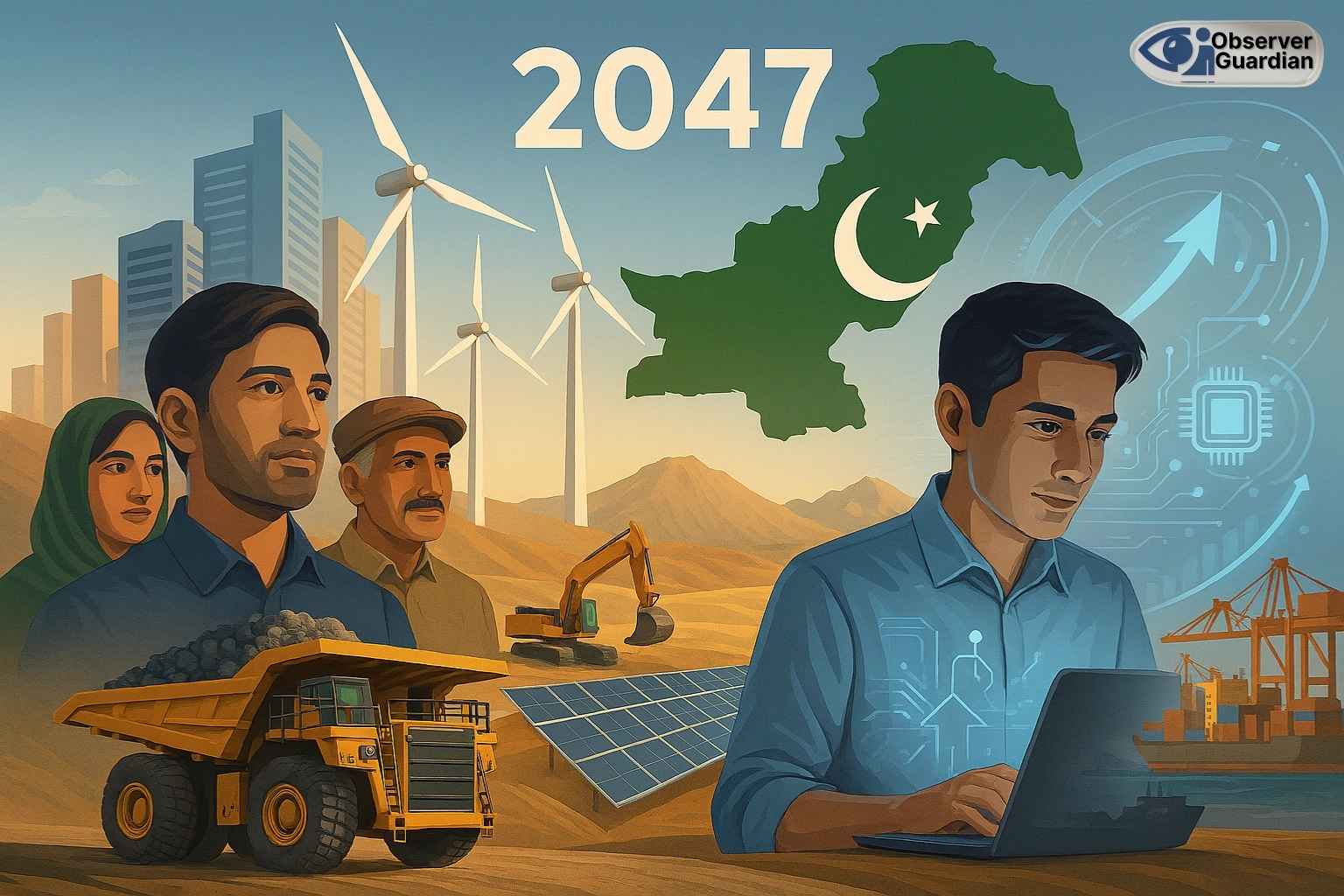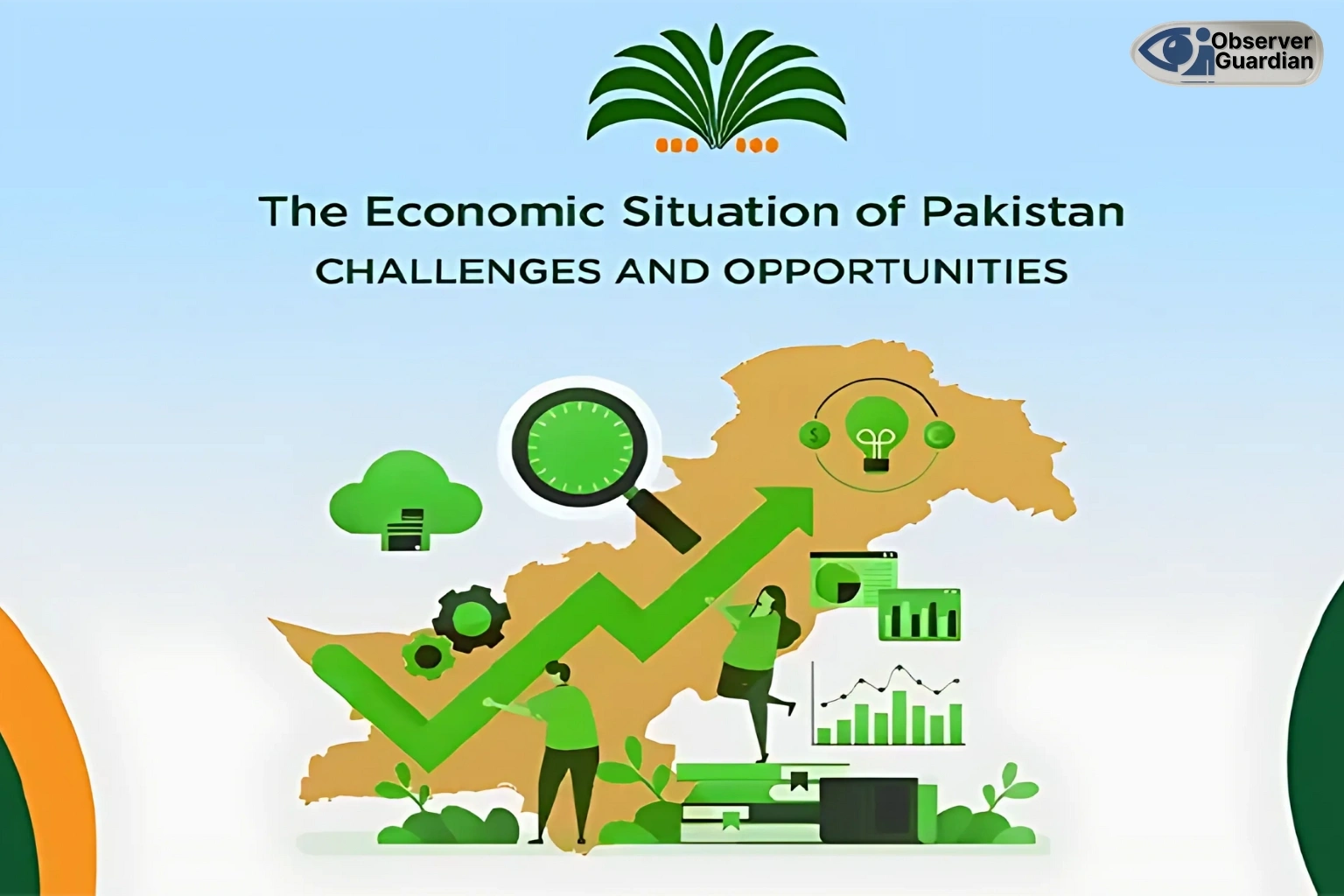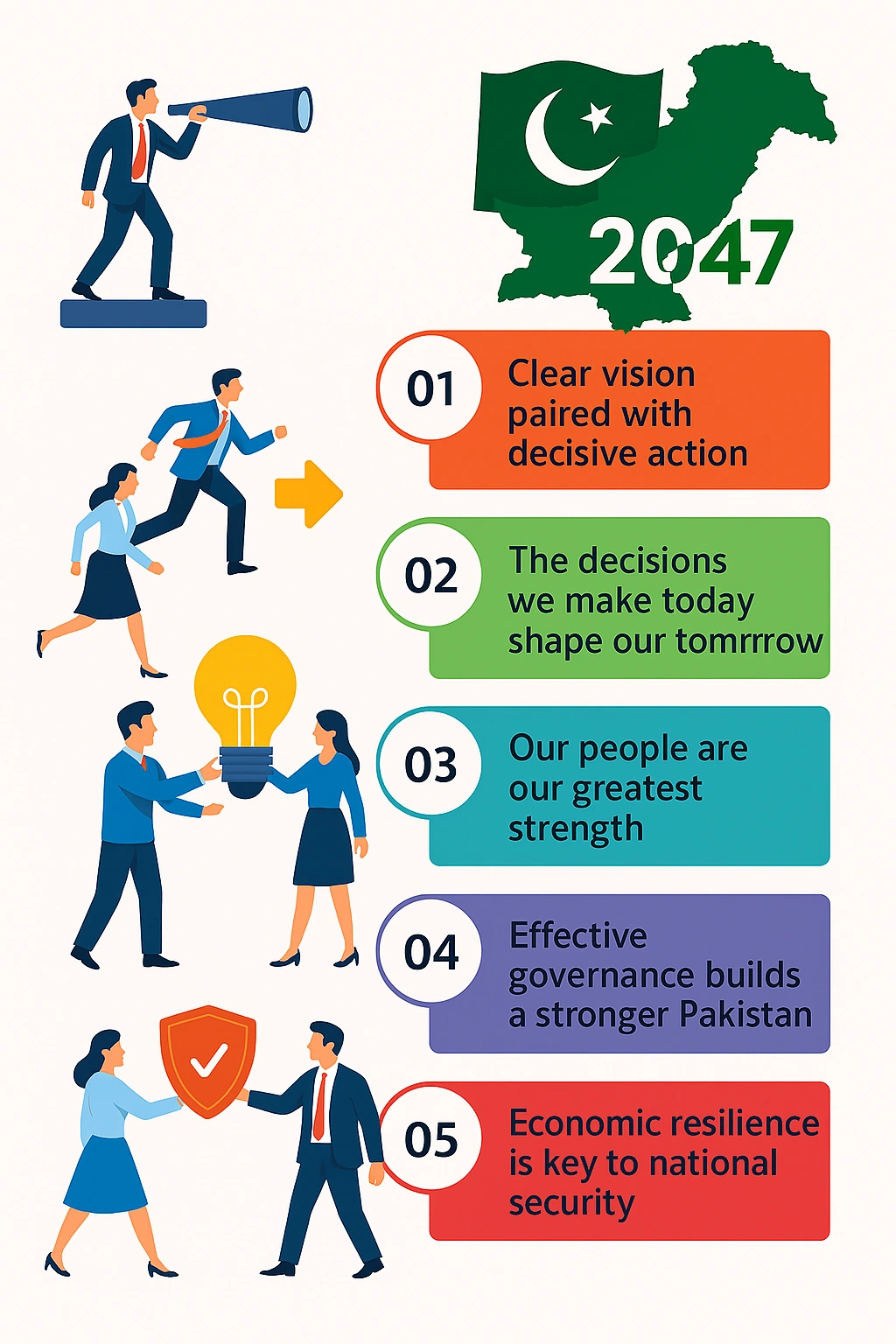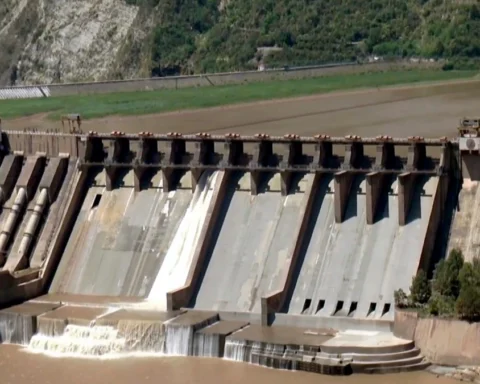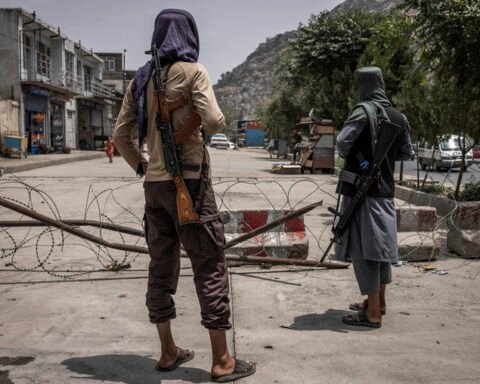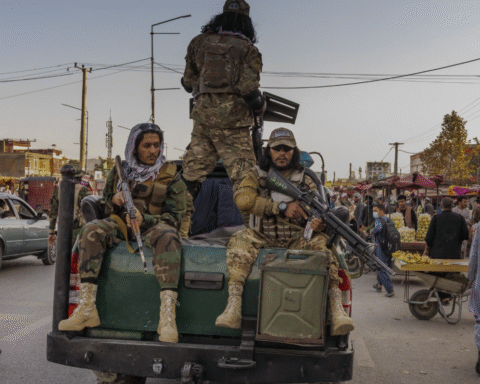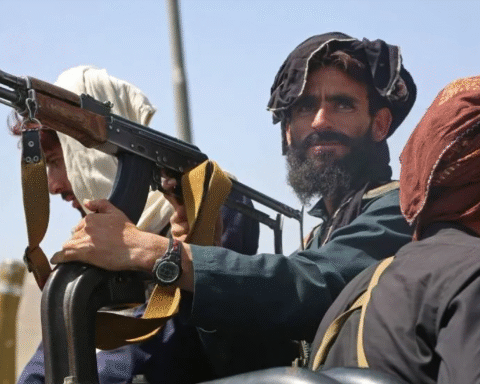During the next 20 years, the decisions that Pakistan takes will determine whether it achieves the long held stated target of being a prosperous, resilient, and inclusive economy entering centenary in 2047. The blueprint of policy in Vision 2025 assumed an aspiration tone and it was demanding that it soared in productivity, energy security, social and knowledge led growth. Its ultimate horizon is put on top track of prosperity among economies of the world in 2047. Bringing those dreams to fruition, however, will come with complex headwinds to navigate along with unique selling points.
The population of Pakistan has already reached higher than previously projected levels and till next census, in which the population will supersede both the UN and national projections. The growing working age population will continue into the 2030s and provide an opportunity to unlock faster growth if education, health, and employment can keep up. The most recent analyses related to the UN agenda highlight that it is now time to move policy beyond those of counting people to investing it and a discussion of the priority this matters has to address. Otherwise, demographic momentum threatens to assume the form of unemployment, informality, and social pressure.
Macroeconomic Stability is Reform as a Continuous Process
Since its turbulence in the 2022 and 23 period, it has seen now improvement in stability, but its growth is low and prone to the external financing and price fluctuations in energy markets. The moral of the 2047 lesson is clear that Reform must become an institutional habit in Pakistan, not a crisis response. Moreover, institutionalizing credible inflation should be target with medium term budgeting, competitive exchange rate management and predictable rules regarding investments.
Phase 1 of China Pakistan Economic Corridor (CPEC) brought with it transport and power capacity. The second step that is now highlighted by the policymakers is the new catalyst of industrialization, which is Special Economic Zones, the technology exchange in agriculture, and export diversification. The success is determined by derisking policy to investors including reliable utilities, open dispute resolution and simplification of customs. Led well, CPEC 2.0 can bind Pakistan ever more to Asian global value chains in 2047.
Services, Startups, and Premium Skills
Pakistan has experienced moments of impetus in its digital economy, IT exports, fintech, and a thriving freelance community, in a rollercoaster of startup cycles marked by tightening of the global funding scene and a lack of domestic regulatory alignment. In addition, development partner and industry group diagnostics outlined the potential of unlocking development by spectrum policy, digital public infrastructure, data protection regimes, and predictable licensing.
Under cautious pilot of digital currency and the wider virtual assets regime, which includes consumer protection measures as well as safeguards against financial crimes, Pakistan could extend access and transaction easements along remittances, e-commerce, and government payouts by 2047. The target needs to be a skills led digital policy encompassing the mass skills upgrading in cloud, AI and cybersecurity paired with export driven services companies.
The past 10 years of capacity additions have led to a paradox of high tariffs, circular debt and an underutilized plant fleet made worse by the softening of demand and the entry of distributed solar.
Getting to 2047 passes through disciplined least cost planning such as grid modernization, focus on reducing losses, retiring dirtiest capacity, utilizing domestic renewables (solar, wind, hydro), and ramping up ancillary services and storage. Critically, the reforms should be made in such a way that power prices are based on cost, and poor citizens should be safeguarded through direct transfers, or else, the social legitimacy of reforming will erode.
New concepts like redirecting off peak excess energy to intensive processing data centers need to be tested in strict regulatory sandboxes with net consumer and grid benefit.
Global Outlook 2047
By 2047, the Pakistani external strength will rely less on the commodity cycles, rather than a competitive services surplus, and a variety of exports, as well as stable remittances. Pakistan is a remittance heavy recipient nation in the global stage. By reducing remittance charges and in depth integration of digital rails will cement the advantage as it normalizes send Masses. This is owing that the economy of Pakistan chasing stability and will stable and prosper soon.
The case in point is Reko Diq $74 Billion Mining Opportunity. The trade policy would focus on deep preferential access in the region, conformity with standards, as well as the movement towards engineered goods, Agri tech, and IT services and away from low value textiles as seem promising by the country.
Disclaimer: The views and opinions expressed in this article are exclusively those of the author and do not reflect the official stance, policies, or perspectives of the Platform.

